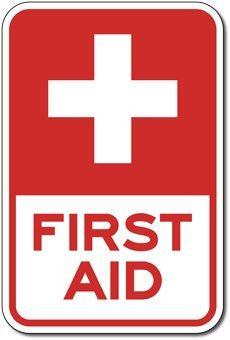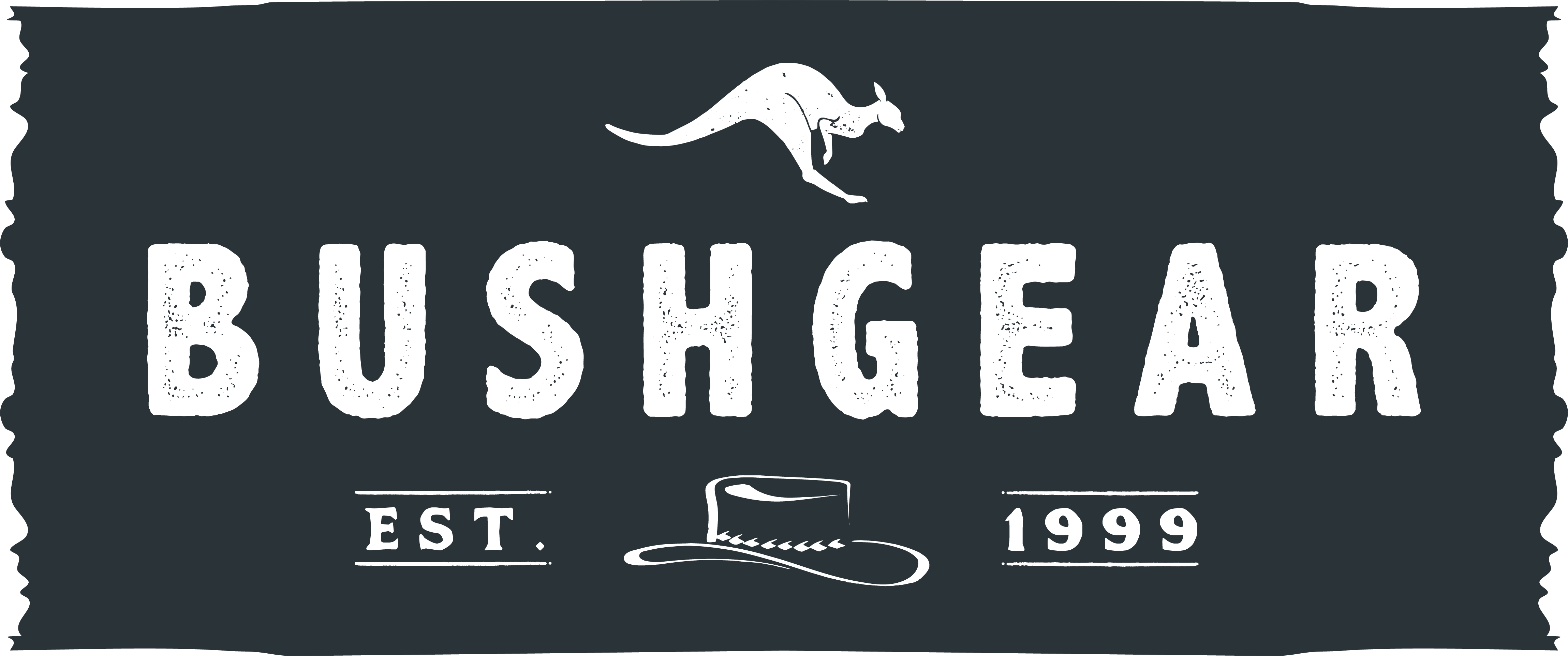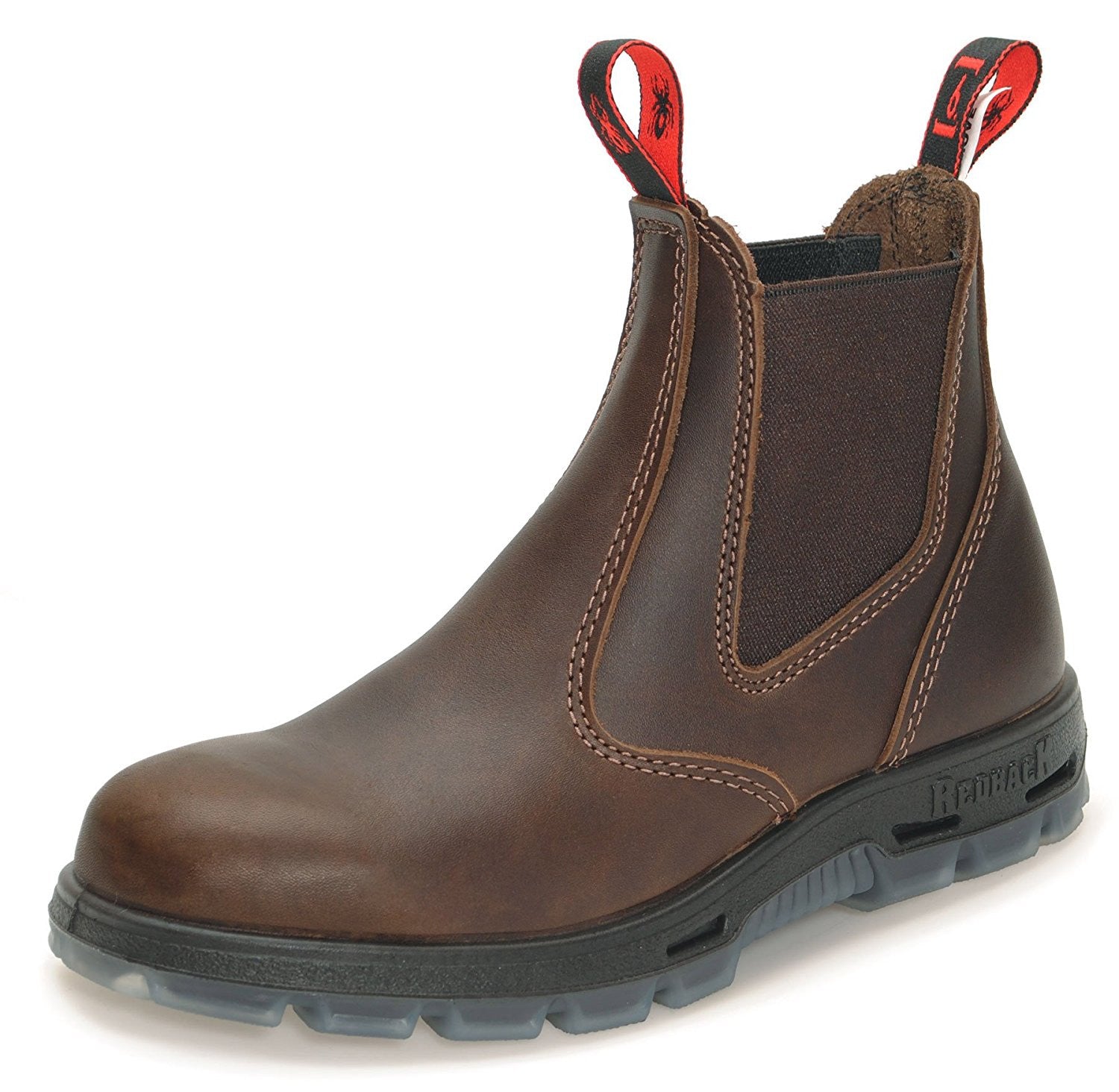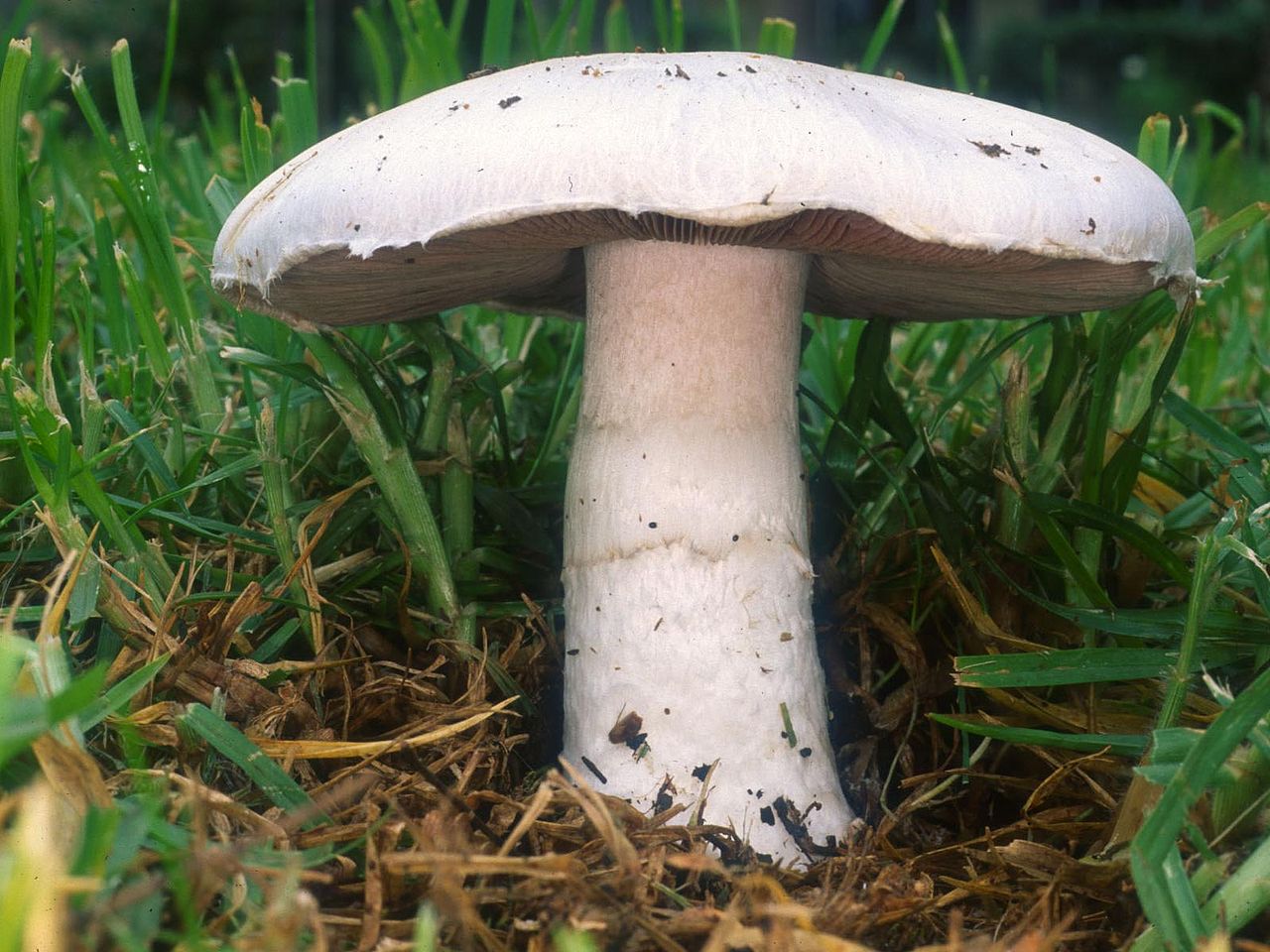
How To Make A Wilderness Medical / First Aid Kit
Ideally, it is best not to treat serious injuries in the field. At best, you should expect to stabilise your patient and get him/her/yourself to a hospital as quickly as possible.
If you are very far out into the wilderness, it may be the case that you will need to fully treat a patient in the field. You may have to be lead doctor, even if you are treating yourself. This will never be a desirable situation, as the chances of infection or mistreatment vastly increase due to the fact that there is no bacterial protection in the wild and conditions for field surgery will never be ideal.
So, this means that what you will be able to do, will be somewhat limited, particularly if you have no medical training. So, to keep this guide practical, it is important to asses realistically, what kind of treatments you are competent to administer, after all mistreatment can be worse than no treatment at all.
Treating the most common injuries - Particularly in wilderness settings, the most common types of injuries include - sprains, strains, breaks, bites, cuts, sores, flesh wounds, burns and other mechanical injuries.
A comprehensive first aid kit, should include some if not all of the following items:
(1) An antiseptic such as - surgical spirit, Savlon liquid or similar, iodine spray or liquid, varying concentrations of potassium permangenate (if you know how to dilute the crystals correctly in water).
(2) Plenty of plasters, cotton buds, bandages, tape, moleskine bandages, non-lubricated condoms, trauma bandage, tampons, butterfly and regular sutures.
(3) Medical grade surgical gloves, cpr mask, tourniquet, scissors, tweezers, small surgical blades (scalpels).
(4) Burn gel, pain killers, anti-diarrhea pills, antihistamines, chlorine tablets for the the treatment of water, a general course of antibiotics such as amoxicillin, blood clotting agent (eg sports clot). If you are dependent on any other types of medication, then you should be sure you have as much of it as you would need.
(5) Small, natural CRI flashlight with spare batteries. We would recommend a head torch over a hand held version as it is a lot more practical, in a first aid context.
(6) Medium sized space blanket and some cordage. Can be used to keep a patient warm, therefore minimising the chances of shock. These items can also be used to rig up a quick, emergency shelter to keep a patient out of the elements.
(7) Cotton buds, eyewash, an energy bar or candy and an electrolyte drink or similar. Malaria treatment tablets (if you are traveling into a malaria infested area). Similarly, other treatments should be carried if the causes are common to the area.
As a general rule, the further into the wild one travels, the more medical supplies one should carry, equally, the more medical knowledge one should have (to treat more severe, serious injuries).
Ultimately, this is just a preliminary guide to some good first aid options. These items will help you overcome 99% of the most common medical situations.
If you are unsure as to how any of the items mentioned should be used, please do the appropriate research and find out! We will also be happy to provide small pointers, if you have any particular questions.
Naturally, being well informed and partially trained, will allow you to treat a greater range of injuries, with confidence. Being able to do so could, ultimately, save someone from a very long trip to a hospital or could even save the whole expedition/trip! It could even save someone from dying.
Always go prepared!


